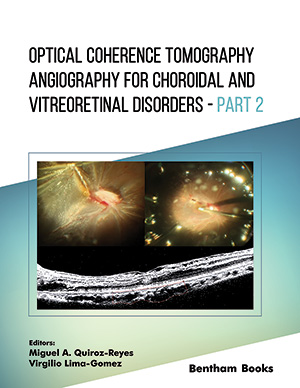Abstract
Background: Attention-deficit/hyperactivity disorder (ADHD) is one of the most common mental disorders affecting children. The consequences of ADHD could seriously impact the patient’s life, and thus parental training, behavioral therapies, and pharmacological interventions are the main therapeutic options applied. This study was conducted to explore the trends of prescribing pharmacological medications used in ADHD and identify the reasons for discontinuation of such medications.
Methodology: A retrospective chart review for patients diagnosed with ADHD at Child and Adolescent Mental Health Services (CAMHS) in Qatar from January 2019 to December 2019 was carried out. Patients less than 18 years old, diagnosed with ADHD as per the Diagnostic and Statistical Manual of Mental Disorders (DSM-5), and were on pharmacological treatment for ADHD were suitable to be included. Patients who were not on anti-ADHD medications were excluded from the study.
Results: Ninety-two patients were eligible to be included in the study. Autism Spectrum Disorder (ASD) was found to be the most coexisting condition in addition to ADHD in 16.3%. Methylphenidate was the most prescribed medication (68.5%), followed by atomoxetine (30.4%). None of the participants were found on modafinil, guanfacine, bupropion, or benzodiazepines, and none exceeded the maximum licensed dose of either methylphenidate or atomoxetine. Half (50%) of the sample on atomoxetine discontinued treatment compared to 14.2% in the methylphenidate group.
Conclusion: The clinical practice of prescribing pharmacological options for ADHD was thoroughly in alignment with international guidelines. The effects of long-term use of these psychotropics in this particular group of patients on their neurobiological, behavioral, and physical health should be studied further.
Keywords: Neurodevelopment disorder, ADHD, Prescribing patterns, Atomoxetine, Methylphenidate, Adolescents.
[http://dx.doi.org/10.1136/bmjopen-2015-010508]
[http://dx.doi.org/10.1111/jcpp.12381] [PMID: 25649325]
[http://dx.doi.org/10.1177/1087054705284500] [PMID: 16840595]
[http://dx.doi.org/10.1177/1087054713517545] [PMID: 24412969]
[http://dx.doi.org/10.1016/S1056-4993(18)30114-7] [PMID: 10944664]
[http://dx.doi.org/10.1136/archdischild-2011-300482] [PMID: 21903599]
[http://dx.doi.org/10.1007/s00228-020-02948-3] [PMID: 32803292]
[http://dx.doi.org/10.1586/14737175.2013.840417] [PMID: 24117274]
[http://dx.doi.org/10.1177/1087054714554617] [PMID: 25376193]
[http://dx.doi.org/10.1016/j.euroneuro.2012.06.011] [PMID: 22796229]
[http://dx.doi.org/10.1080/00048670601057767] [PMID: 17464703]
[http://dx.doi.org/10.2147/NDT.S65721] [PMID: 25187718]
[http://dx.doi.org/10.1002/cpt.1409] [PMID: 30801677]































